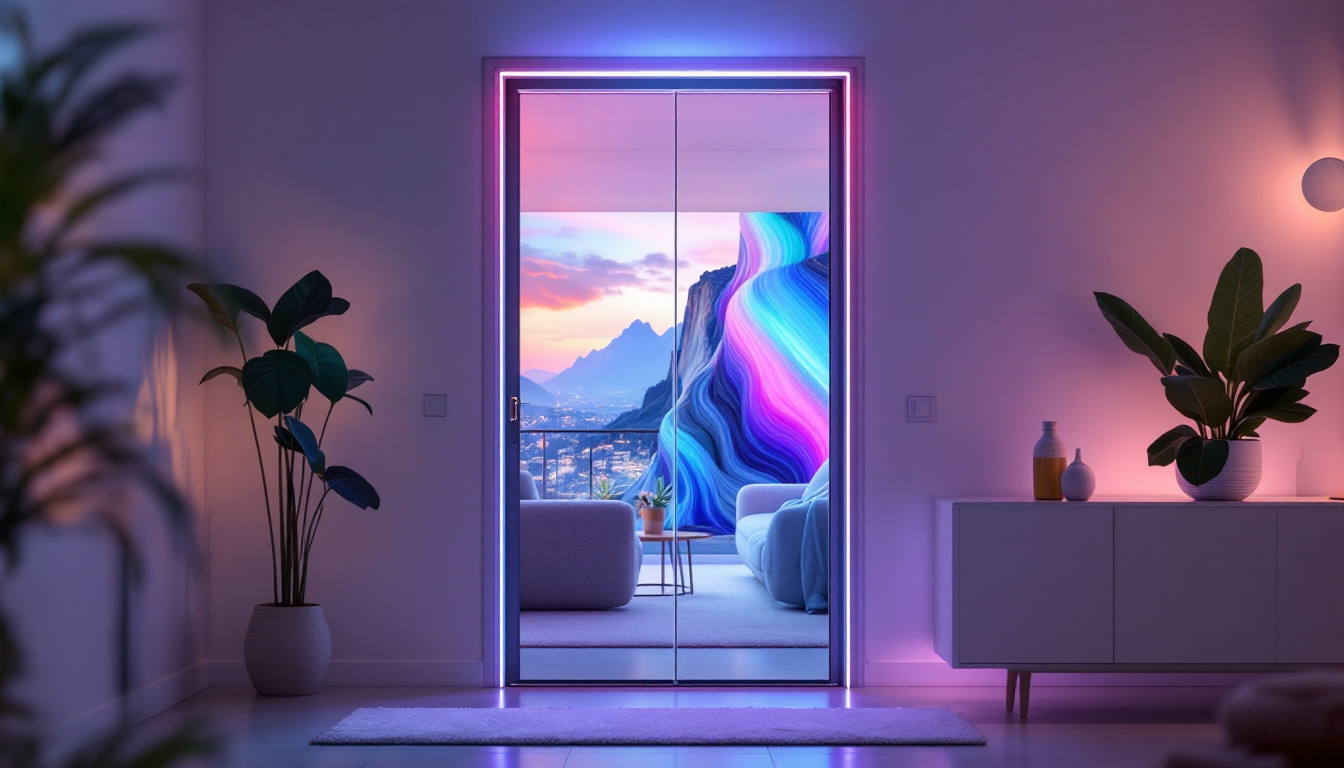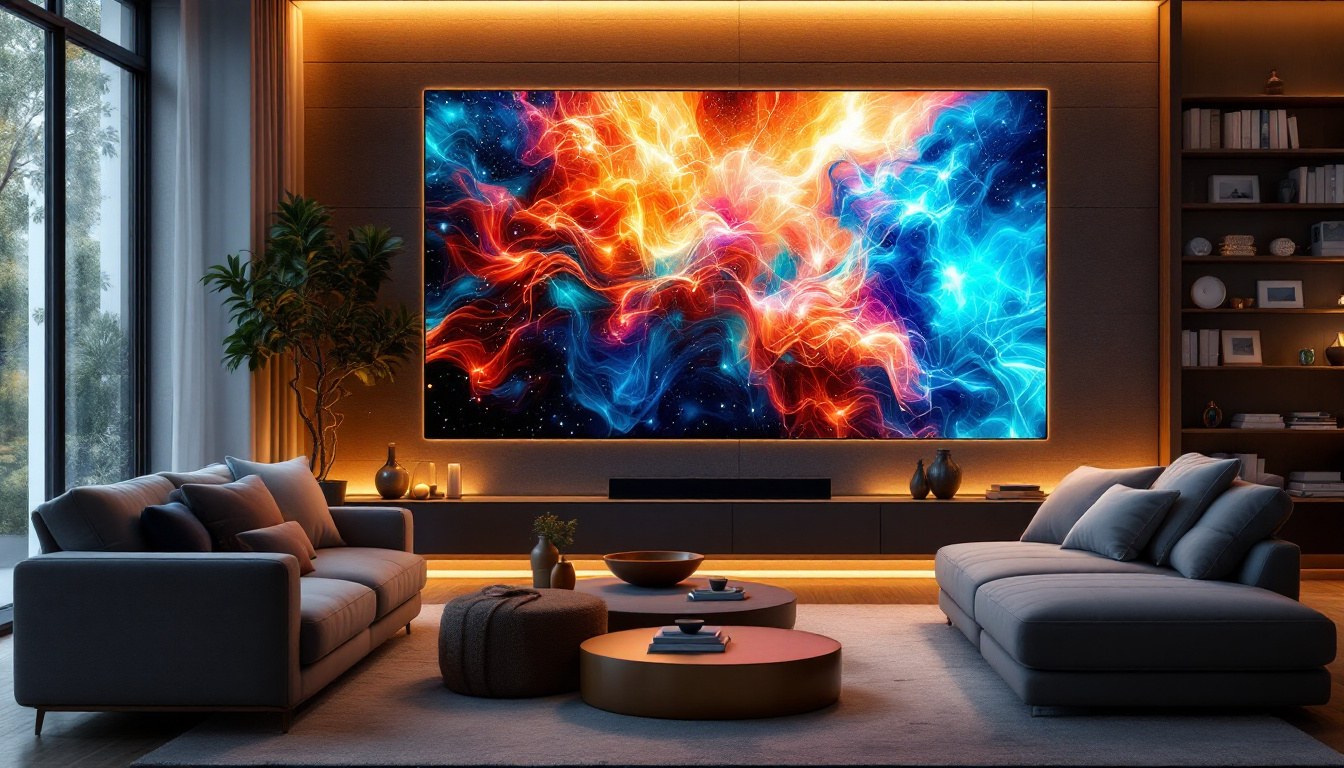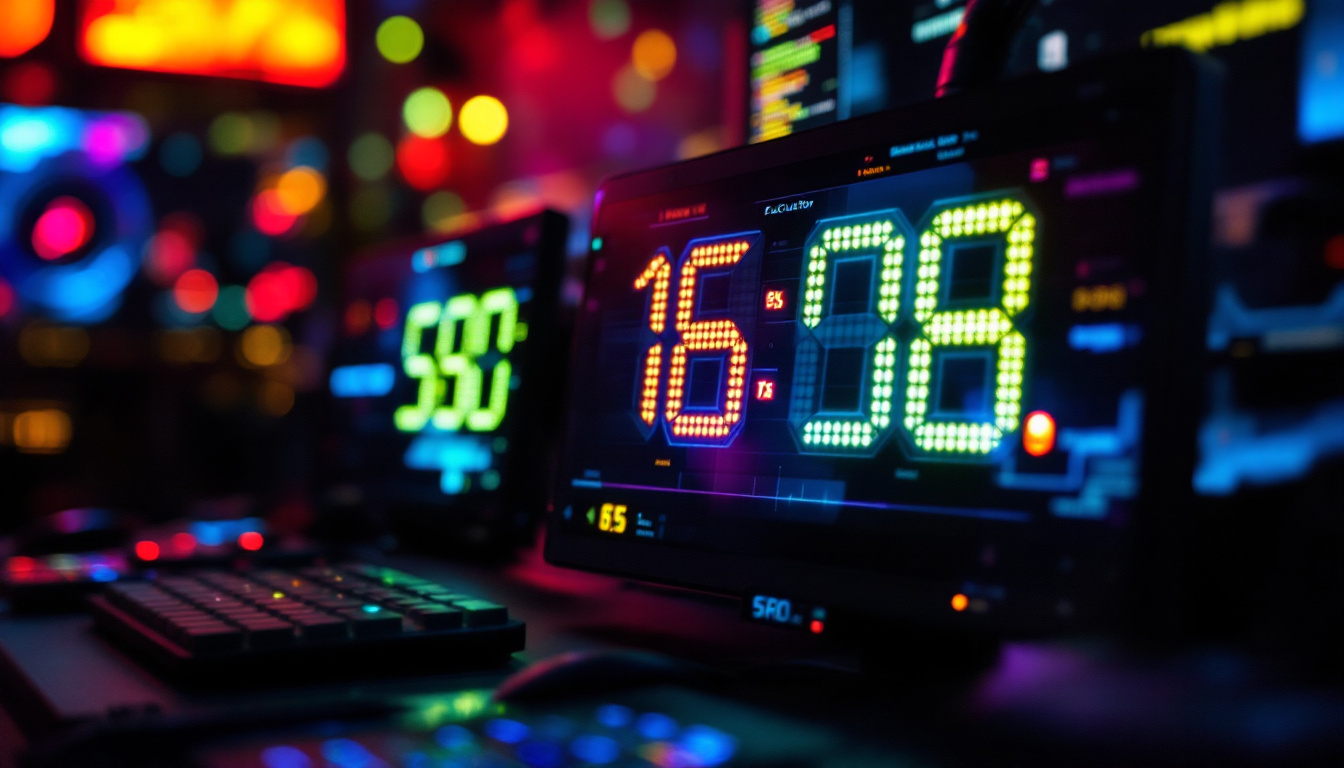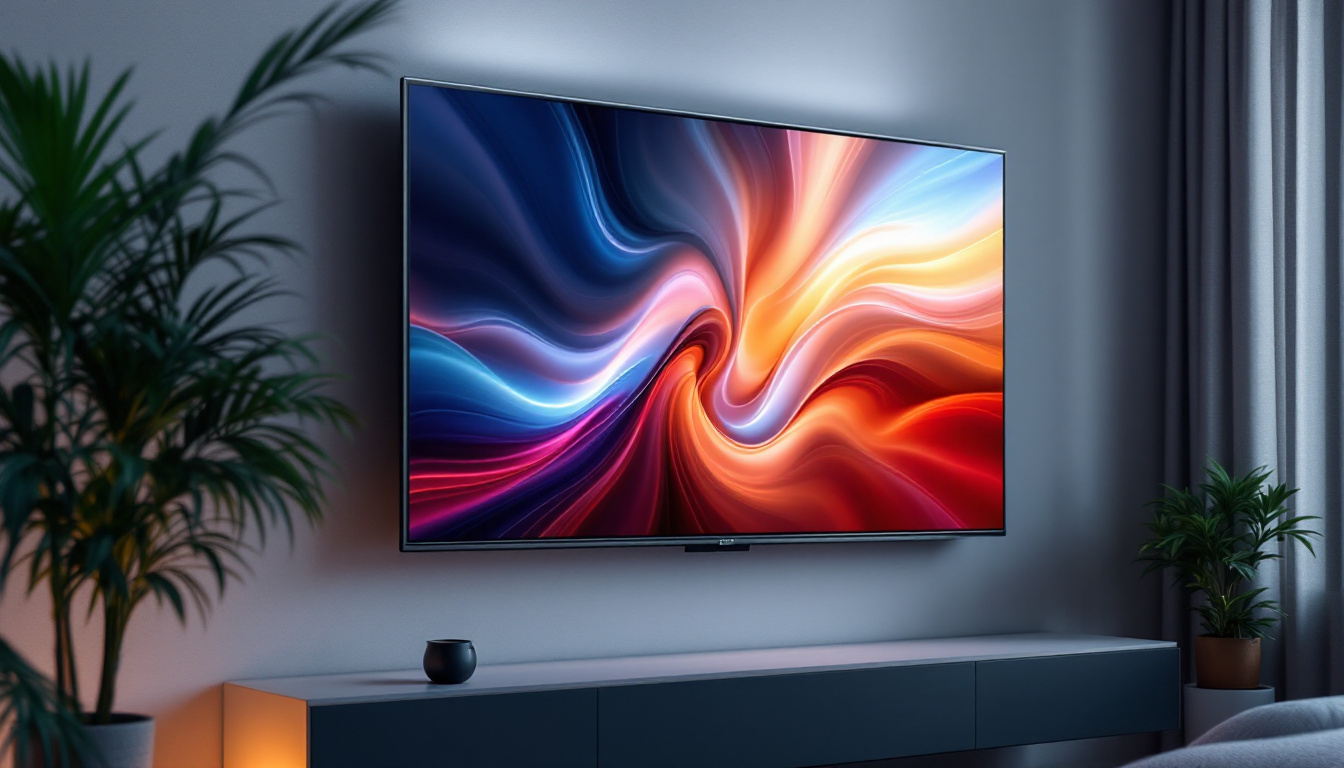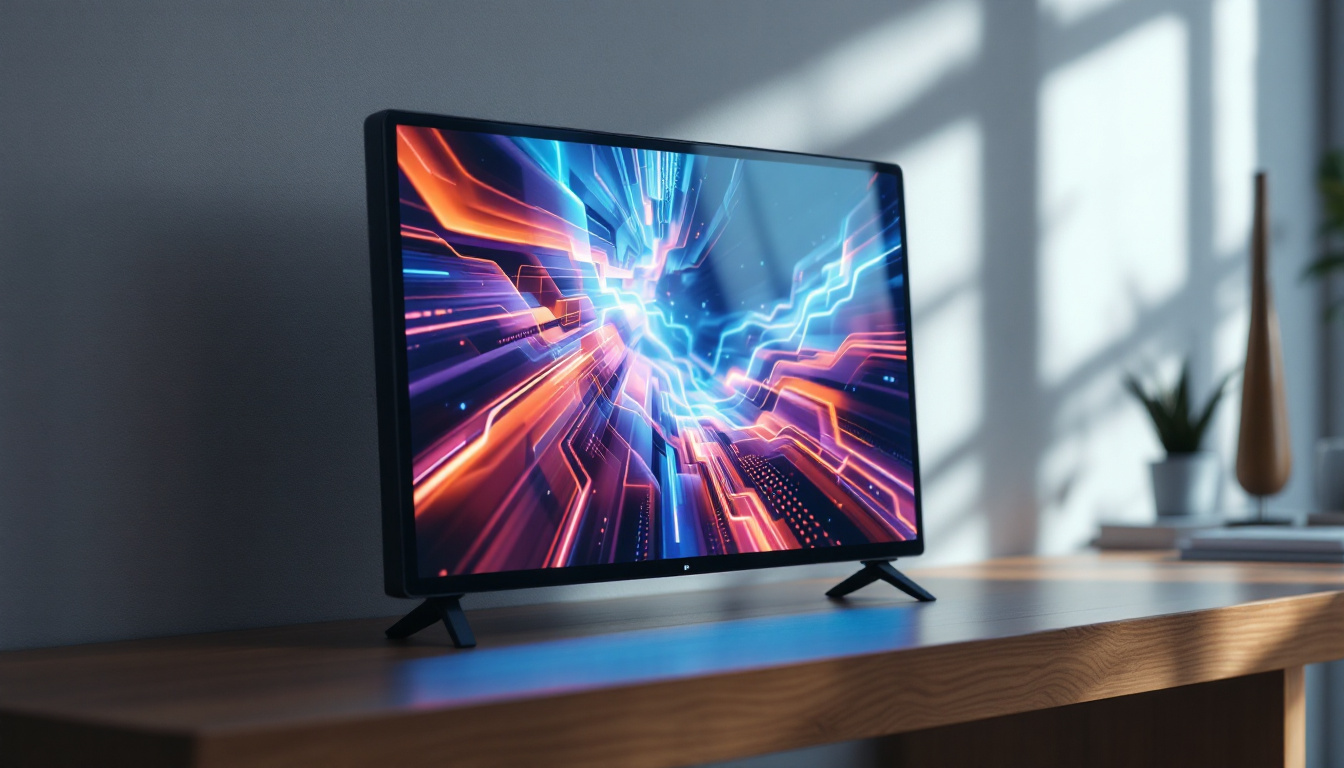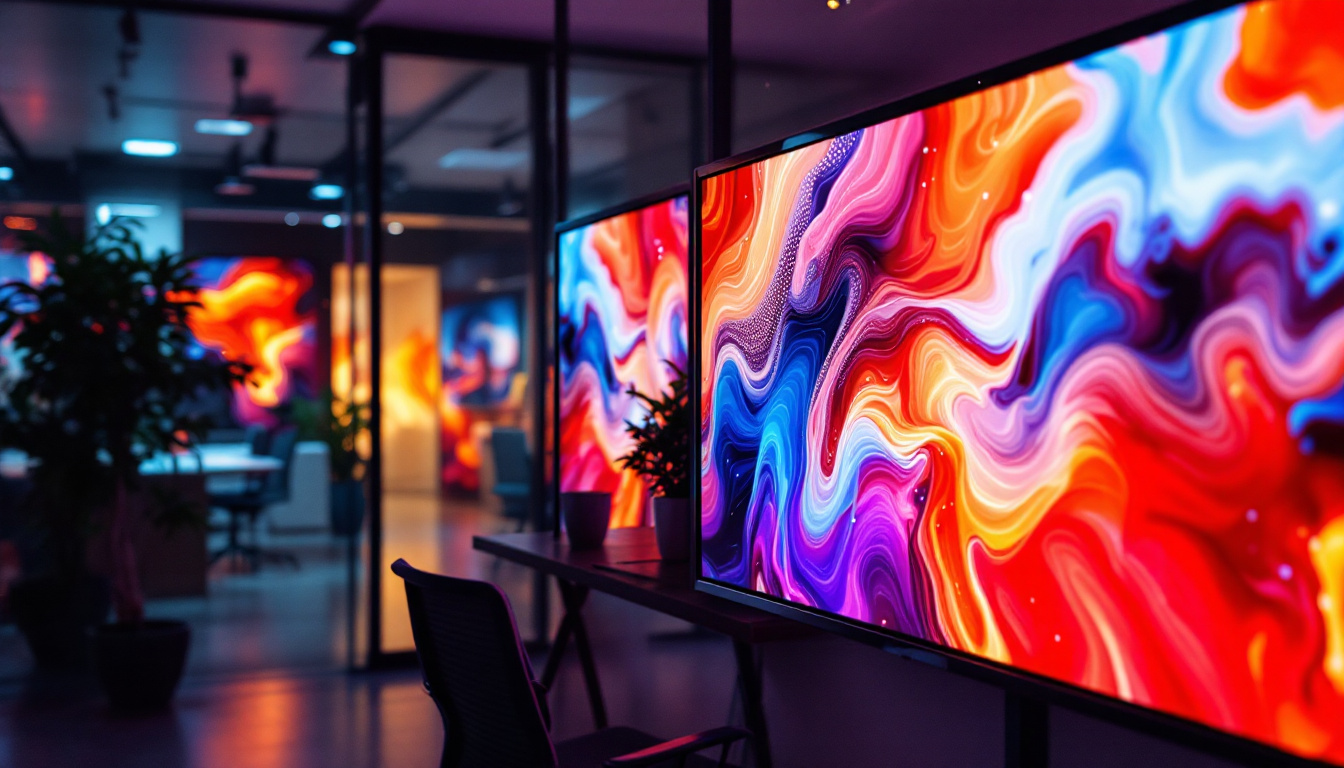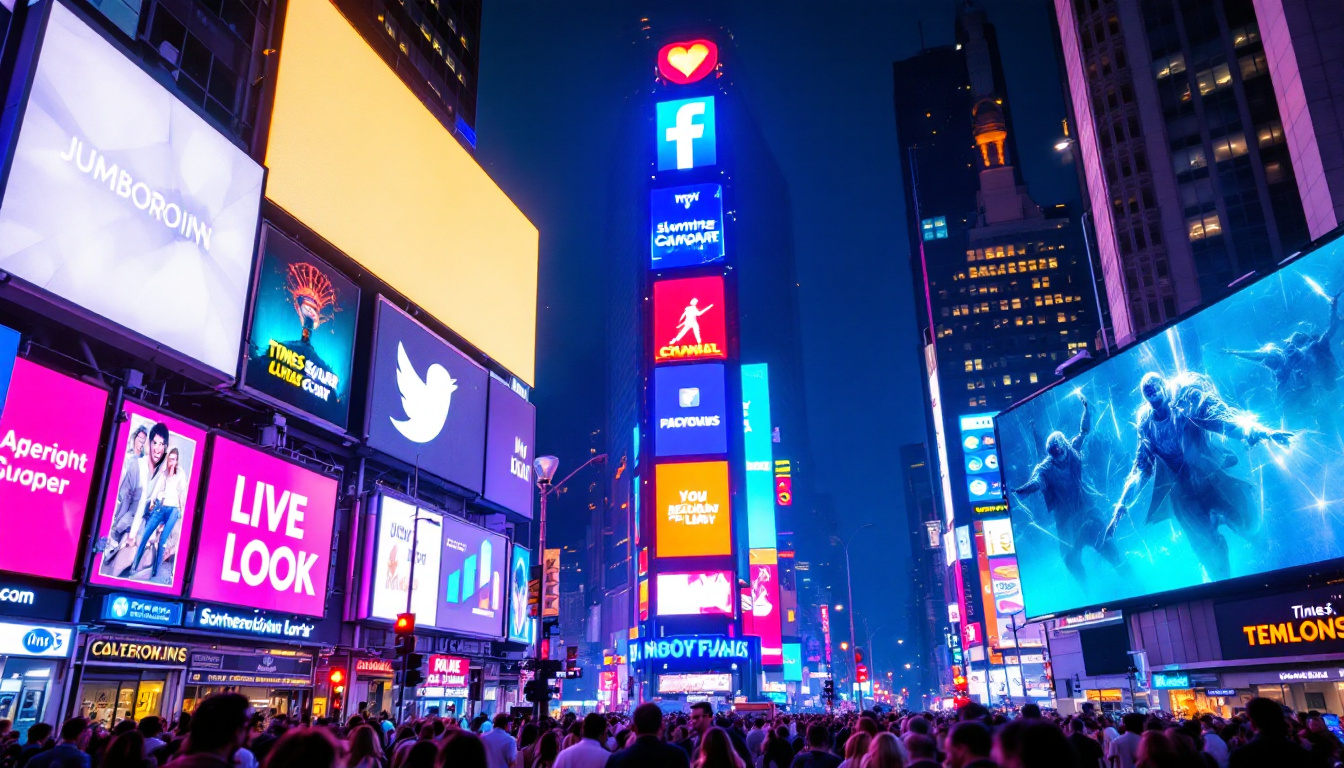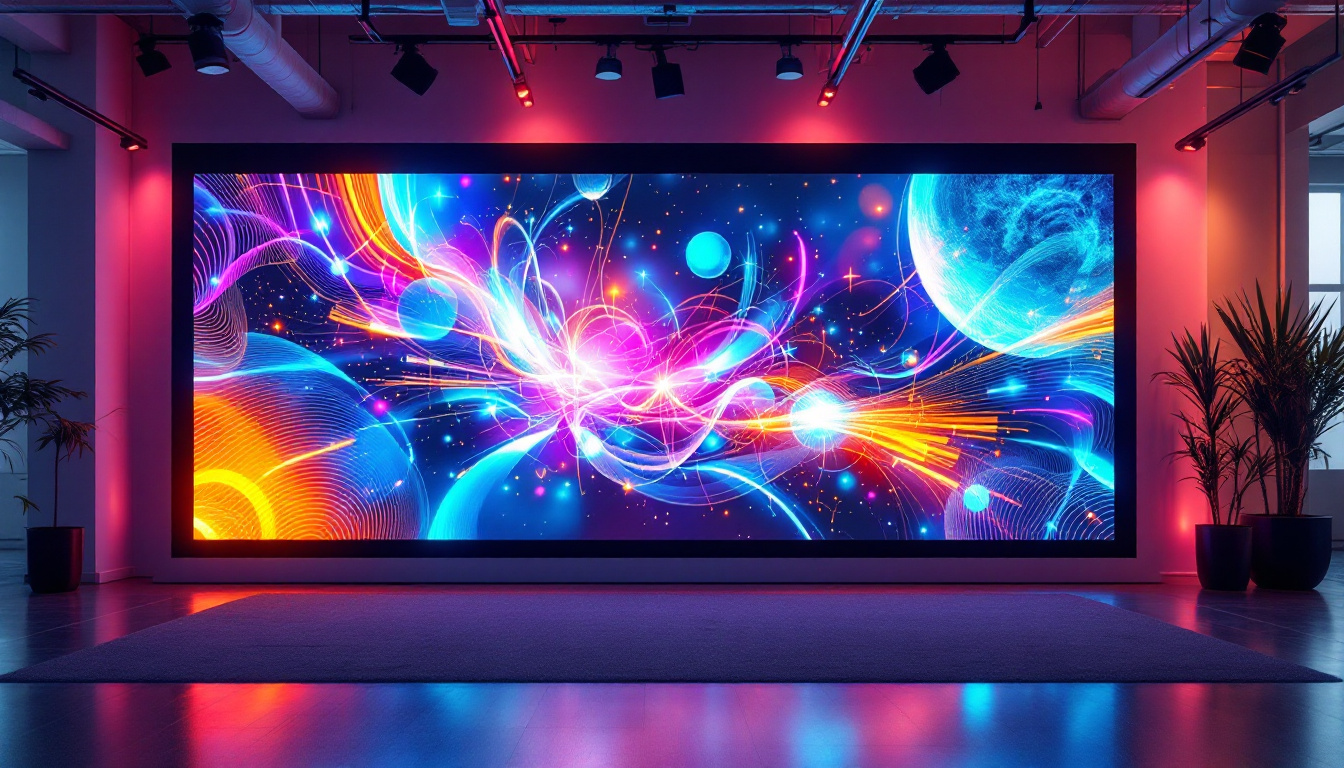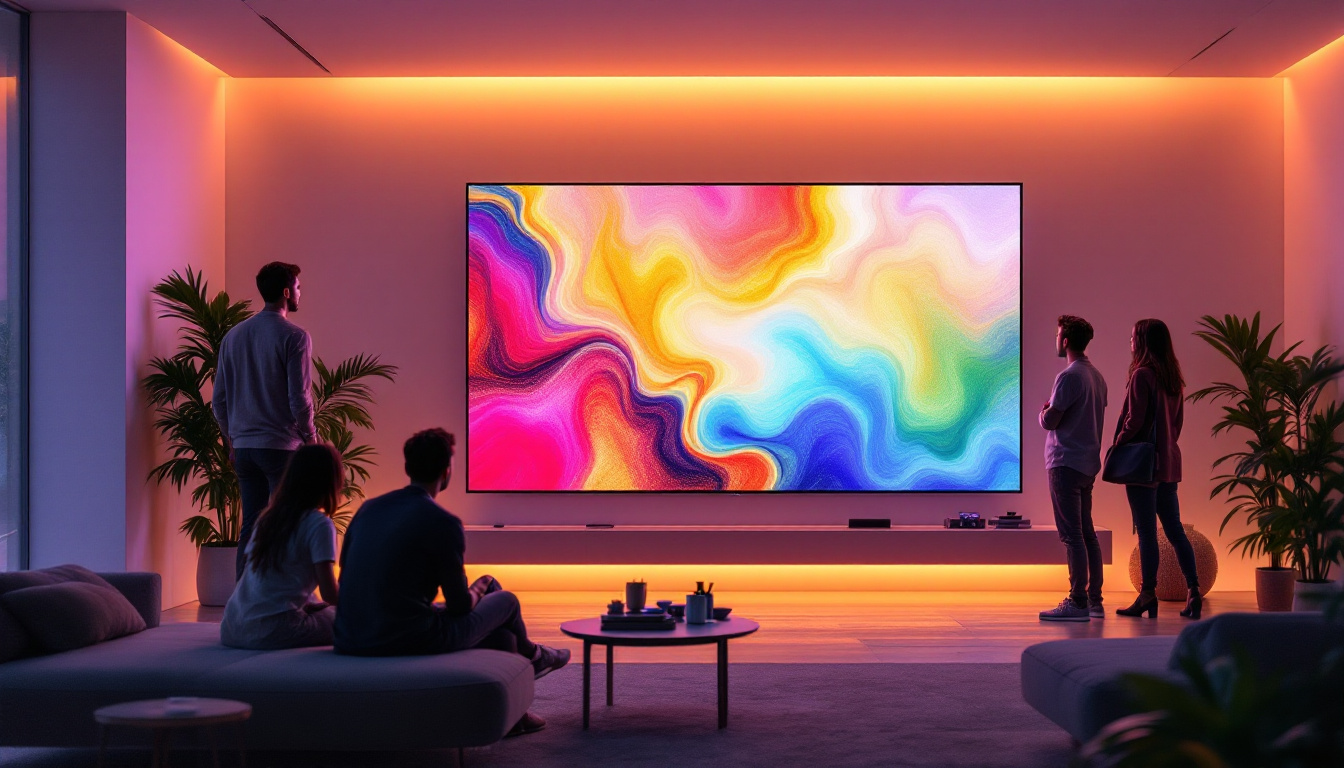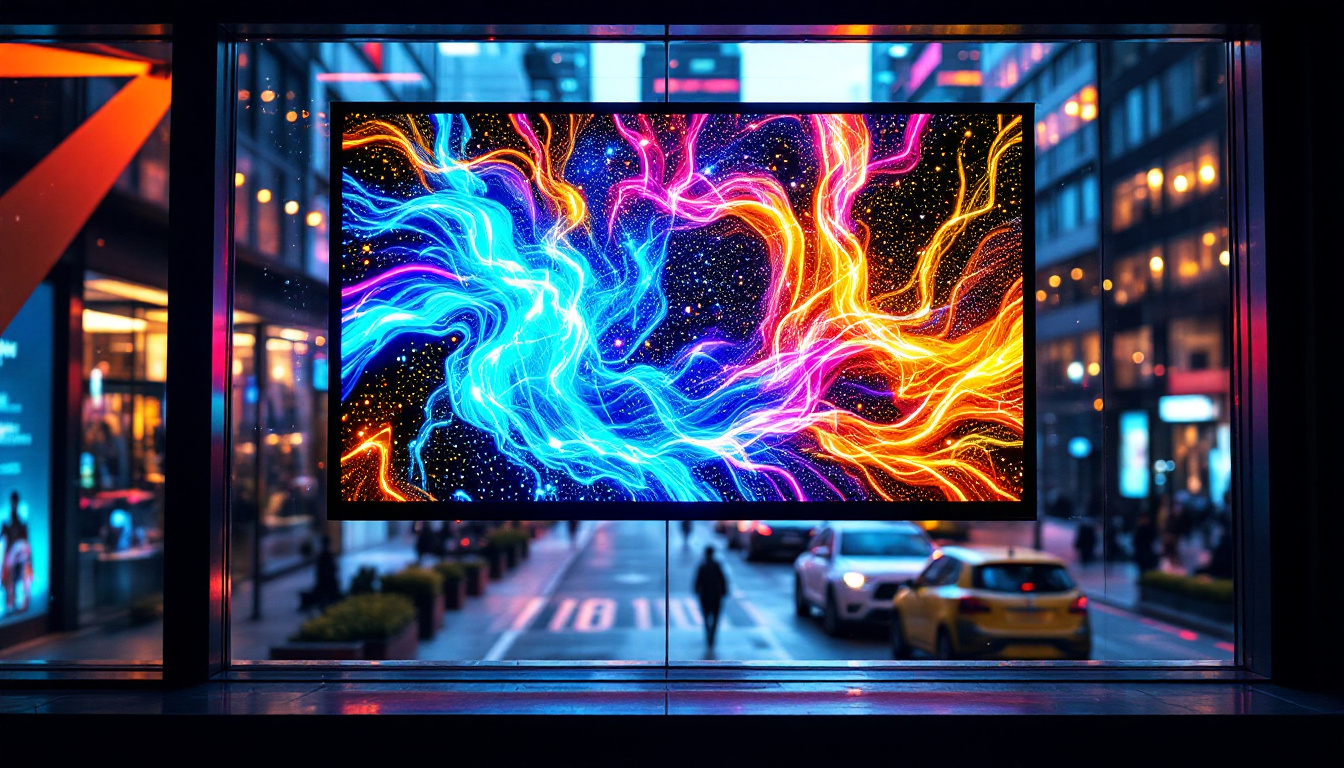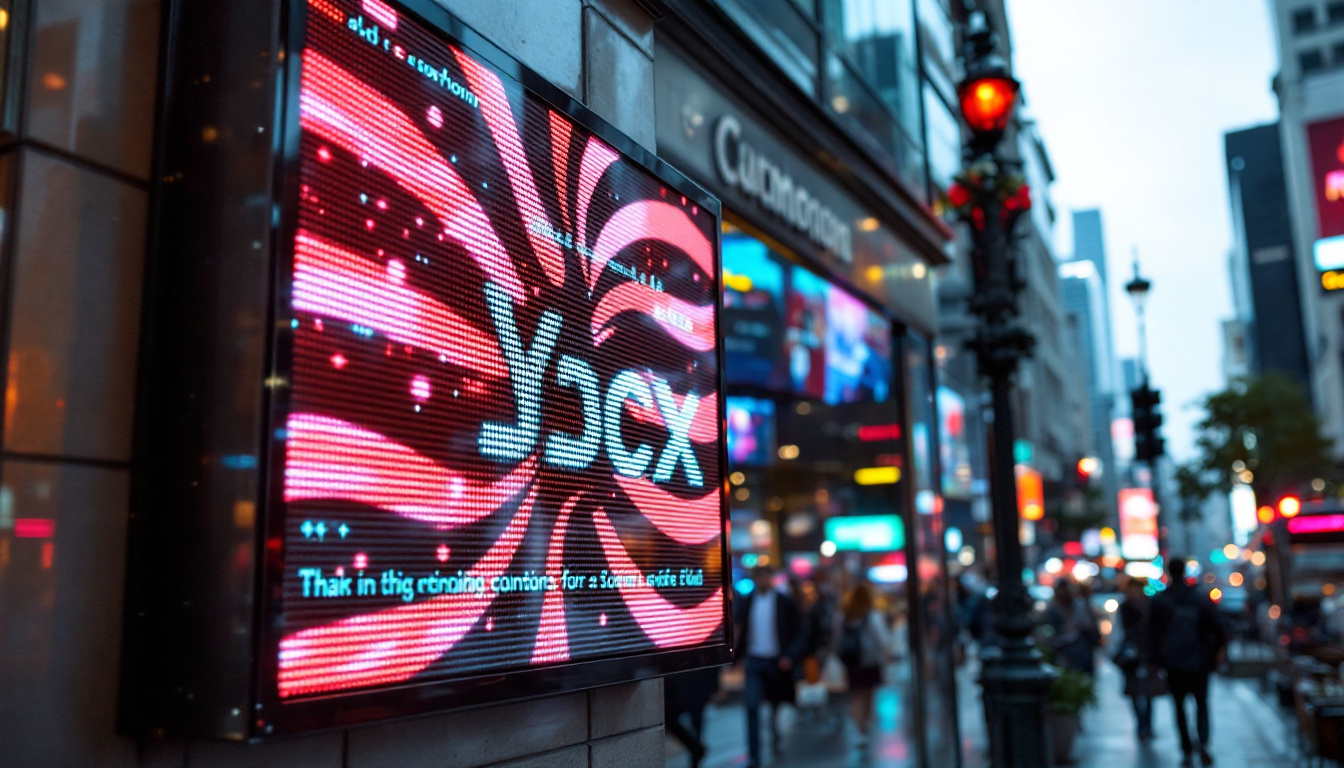LED displays have become a ubiquitous part of modern technology, found in everything from smartphones to large outdoor billboards. understanding the specifications and measurements of these displays is crucial for both consumers and professionals in the field. One common measurement that often comes up is the size of the display, typically denoted in inches. This article will delve into the conversion of 2.6 inches to millimeters and explore the implications of this measurement in the context of LED displays.
The Basics of LED Displays
LED, or Light Emitting Diode, displays utilize semiconductor technology to produce light. They are known for their energy efficiency, brightness, and longevity compared to traditional display technologies. The size of an LED display is a critical factor that influences its application and usability.
Understanding Display Size
The size of a display is usually measured diagonally, from one corner to the opposite corner. This measurement is given in inches, which can sometimes be confusing for those accustomed to the metric system. Converting these measurements into millimeters can provide a clearer picture, especially in regions where the metric system is standard.
For example, a display that measures 2.6 inches diagonally translates to a specific size in millimeters, which can be crucial for fitting the display into a designated space or for compatibility with other components. The diagonal measurement is particularly important because it helps consumers and designers gauge the overall viewing area and aspect ratio, which can significantly impact the user experience.
Why Millimeters Matter
Millimeters offer a more precise measurement, especially in technical fields where small differences can have significant implications. For instance, when designing a product that incorporates an LED display, knowing the exact dimensions in millimeters can help ensure that the display fits perfectly within the device’s casing. This precision is particularly important in industries such as automotive, aerospace, and consumer electronics.
Moreover, the resolution of an LED display is often tied to its size. The pixel density, measured in pixels per inch (PPI), determines how sharp and clear the images and text appear on the screen. A higher PPI means that more pixels are packed into a smaller area, resulting in better image quality. Therefore, when selecting an LED display, understanding both the size in millimeters and the resolution can lead to more informed decisions, ensuring that the final product meets the desired visual standards and functional requirements.
Converting 2.6 Inches to Millimeters
To convert inches to millimeters, a simple mathematical formula can be applied. Since one inch is equivalent to 25.4 millimeters, the conversion for 2.6 inches can be calculated as follows:
2.6 inches × 25.4 mm/inch = 66.04 mm
This conversion indicates that a 2.6-inch display measures approximately 66.04 millimeters diagonally. Understanding this conversion is essential for anyone working with LED displays, as it allows for accurate communication of dimensions across different measurement systems. This is particularly important in industries where precision is critical, such as manufacturing and engineering, where even small discrepancies can lead to significant issues in product design and functionality.
Applications of 2.6-Inch Displays
Displays measuring 2.6 inches are commonly found in various applications. These include handheld devices like smartphones, portable gaming consoles, and even certain types of medical equipment. Their compact size makes them ideal for devices where space is at a premium. For instance, in smartphones, a 2.6-inch display can provide a balance between portability and usability, allowing users to easily navigate apps and content without overwhelming their hands or pockets.
In addition to consumer electronics, 2.6-inch displays are also used in industrial applications, such as control panels and monitoring systems. The clarity and brightness of LED technology make these displays suitable for environments where visibility is crucial. Moreover, in automotive settings, these displays can serve as dashboards or infotainment screens, providing drivers with essential information at a glance. The versatility of 2.6-inch displays extends to smart home devices as well, where they can be integrated into smart thermostats or security systems, offering users a user-friendly interface to control their home environment efficiently.
Technical Specifications of LED Displays
When evaluating LED displays, several technical specifications should be considered beyond just size. These specifications can significantly impact the display’s performance and suitability for specific applications.
Resolution
Resolution refers to the number of pixels that make up the display. It is typically expressed as width x height (e.g., 1920 x 1080). Higher resolutions provide better image clarity and detail, which is particularly important for applications such as video playback and graphic design.
For a 2.6-inch display, the resolution can vary widely. Some displays may have a resolution of 640 x 480 pixels, while others may offer higher resolutions, such as 1280 x 720 pixels. The choice of resolution will depend on the intended use of the display and the quality of the images or videos being presented.
Brightness
Brightness is another critical specification for LED displays, typically measured in nits. A higher brightness level is essential for outdoor displays or environments with significant ambient light. For indoor applications, lower brightness levels may suffice.
For a 2.6-inch LED display, brightness levels can range from 200 nits to over 1000 nits, depending on the technology and design of the display. Understanding the brightness requirements for a specific application can help in selecting the right display.
Advantages of LED Displays
LED displays offer numerous advantages that make them a popular choice across various industries. Their unique properties contribute to their widespread adoption in both consumer and professional settings.
Energy Efficiency
One of the most significant benefits of LED displays is their energy efficiency. Compared to traditional display technologies, such as LCD or CRT, LED displays consume less power. This efficiency not only reduces operating costs but also contributes to a smaller carbon footprint.
For portable devices, this energy efficiency translates into longer battery life, making LED displays an ideal choice for smartphones and tablets. In larger installations, such as digital billboards, the reduced energy consumption can lead to substantial cost savings over time.
Longevity and Durability
LED displays are known for their longevity. With a lifespan that can exceed 50,000 hours, they are less likely to require frequent replacements compared to other display technologies. This durability is particularly advantageous in commercial applications, where downtime can be costly.
Moreover, LED displays are more resistant to shock and vibration, making them suitable for use in rugged environments. This durability ensures that they can withstand the rigors of daily use without compromising performance.
Challenges and Considerations
While LED displays offer numerous advantages, there are also challenges and considerations that must be taken into account when selecting and using these displays.
Cost
One of the primary challenges associated with LED displays is their initial cost. While prices have decreased over the years, high-quality LED displays can still be more expensive than their LCD counterparts. This cost can be a significant factor for businesses and consumers when making purchasing decisions.
However, it is essential to consider the total cost of ownership, which includes energy savings and longevity. In many cases, the higher upfront cost of an LED display can be offset by lower operating costs over time.
Viewing Angles
Another consideration is the viewing angle of LED displays. While many modern LED displays offer wide viewing angles, some lower-quality models may have limited angles, resulting in color distortion or reduced brightness when viewed from the side.
For applications where multiple viewers will be observing the display from different angles, it is crucial to choose a display with a wide viewing angle to ensure consistent image quality.
Future Trends in LED Display Technology
The LED display industry is constantly evolving, with new technologies and trends emerging regularly. Staying informed about these developments can help consumers and professionals make informed decisions.
MicroLED Technology
One of the most exciting advancements in LED display technology is MicroLED. This technology utilizes tiny individual LEDs to create images, offering several advantages over traditional LED displays, including improved contrast, brightness, and energy efficiency.
MicroLED displays are also thinner and lighter than conventional displays, making them ideal for applications where space is limited. As this technology continues to develop, it is expected to revolutionize the display industry, offering even more options for consumers and businesses alike.
Flexible Displays
Another trend gaining traction is the development of flexible LED displays. These displays can be bent or curved, allowing for innovative designs and applications. Flexible displays are particularly appealing for use in wearable technology, automotive applications, and unique architectural designs.
As the demand for customizable and adaptable displays increases, flexible LED technology is likely to become more prevalent in various industries.
Conclusion
Understanding the conversion of 2.6 inches to millimeters is just one aspect of the broader knowledge required when working with LED displays. By grasping the technical specifications, advantages, and challenges associated with these displays, consumers and professionals can make informed decisions that align with their needs.
As the LED display industry continues to innovate, staying abreast of emerging trends will be crucial for anyone involved in the field. Whether it’s the development of MicroLED technology or the rise of flexible displays, the future of LED technology promises to be exciting and transformative.
In summary, the measurement of 2.6 inches, or 66.04 millimeters, serves as a gateway to understanding the vast world of LED displays. By exploring the intricacies of display technology, one can appreciate the role these devices play in shaping our visual experiences today and in the future.
Discover LumenMatrix LED Display Solutions
Ready to take your visual experience to the next level? LumenMatrix is at the forefront of LED display innovation, offering a wide array of solutions to meet your unique needs. From Indoor and Outdoor LED Wall Displays to specialized options like Vehicle, Sports, and Floor LED Displays, our products are designed to captivate and engage. Embrace the future with our Custom, All-in-One, and Transparent LED Displays, and see how our commitment to revolutionizing visual communication can enhance your brand’s visibility. Check out LumenMatrix LED Display Solutions today and transform the way you share your message with the world.


